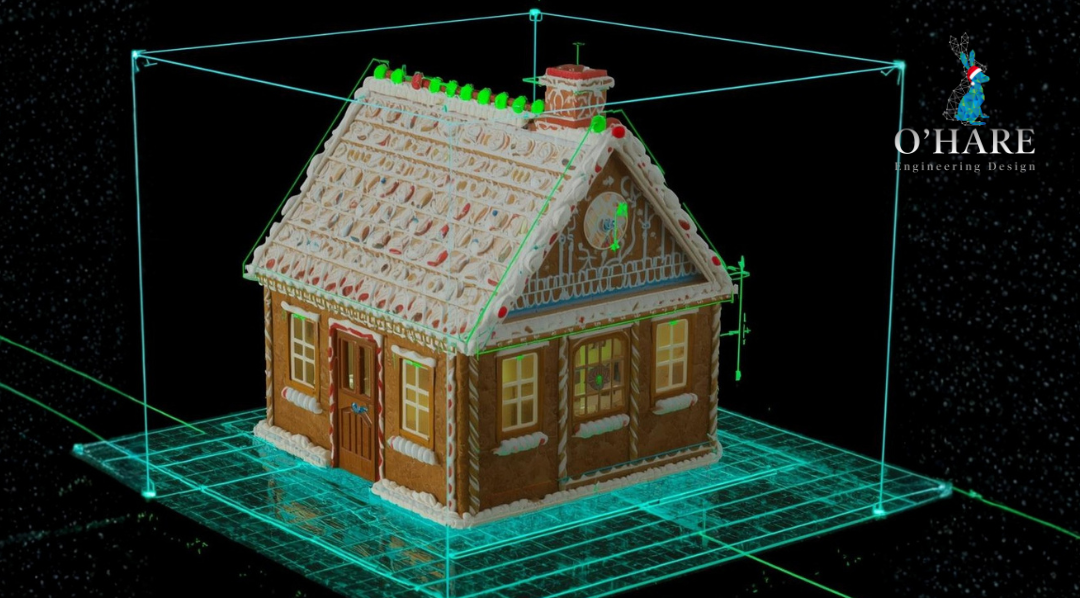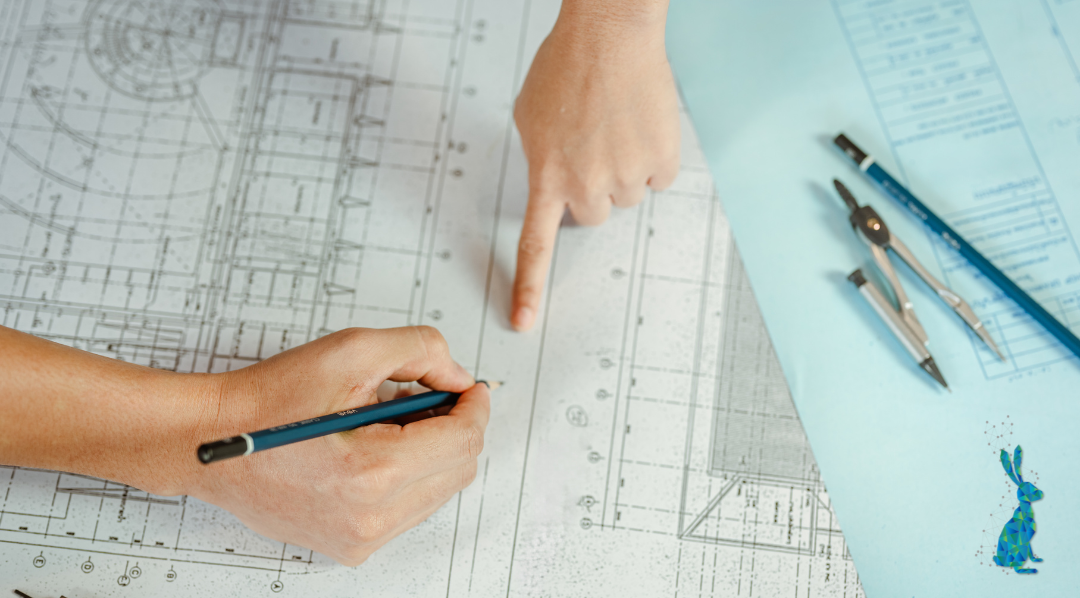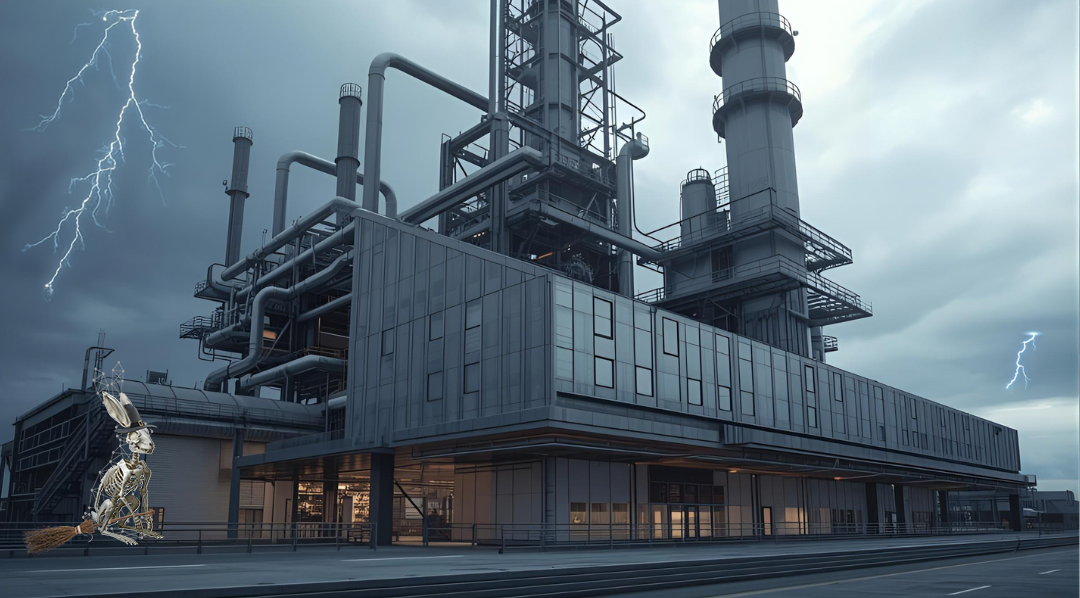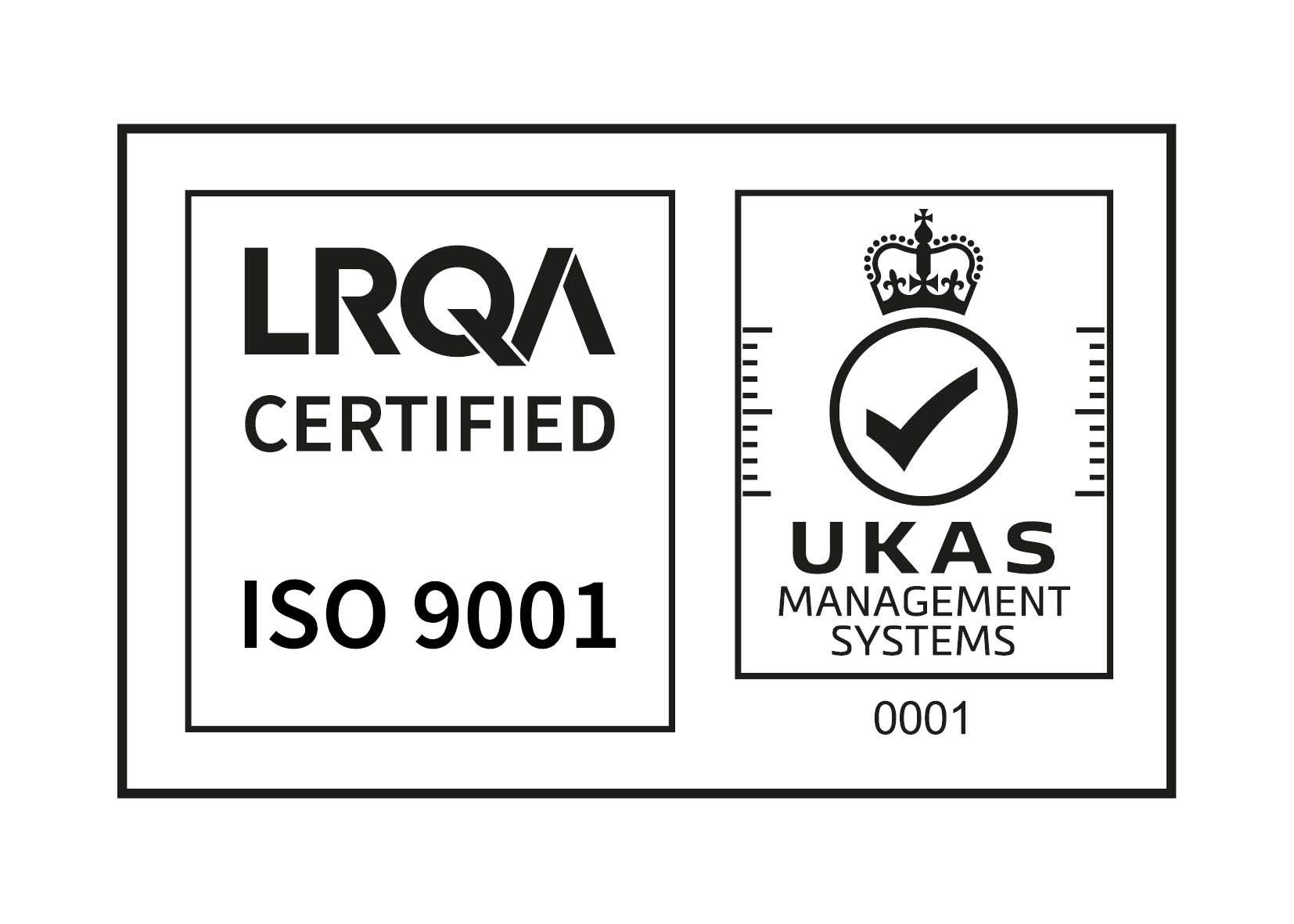Ensuring Santa’s Workshop Meets Modern Elf And Safety Standards

Ensuring Santa’s Workshop Meets Modern Elf And Safety Standards
Date: 12th December 2024
As Christmas draws nearer, Santa’s workshop is a hive of activity, with each elf diligently crafting, wrapping, and sorting presents to ensure everything is ready for the big night. Behind the scenes, the elves play a crucial role in bringing the holiday magic to life, but in a workshop as bustling as the one at the North Pole, there’s no room for complacency. Health and safety are just as important as holiday cheer.
With the workshop so full of activity - sharp tools, heavy packages, moving parts, and even flying reindeer - it’s clear that maintaining a safe environment is critical to keeping spirits high and accidents low. But, in a building as iconic as Santa’s workshop, how do you balance tradition with the need for up-to-date protocols?
Let’s take a closer look at how the North Pole can embrace modern health and safety practices through innovative engineering design to maintain both efficiency and the joy that defines Christmas…
Sitewide Snowstorm Sprinkler Systems
Designing and making presents for nearly 2.2 billion children across the world is no mean feat. But, when it comes to last-minute wrapping of these presents, it's on everyone in the workshop to chip in. Elves line every workbench, elbow-to-elbow, surrounded by mountains of highly flammable wrapping paper. It’s a festive scene, but also a potential fire hazard. To keep everyone safe, state-of-the-art snowstorm sprinkler systems should be installed in every room of Santa’s workshop to douse any flames before they spread and put a stop to all festive operations.
Meeting Emissions Standards
The workshop's ancient coal furnace, with its billowing smoke, is not only a relic of the past but also a clear violation of North Pole emission standards. It’s time for a modern upgrade. By installing energy-efficient heating and cooling systems, Santa can create a more comfortable and environmentally friendly workspace for the elves. Embracing renewable energy sources, such as harnessing the Arctic’s powerful winds or the midnight sunlight in the summer, would further transform the workshop into the definition of sustainability making Santa’s operations a shining example of green energy innovation.
PPE For Glitter and Glue
Elves often find themselves working with glitter, glue, and sharp tools, all without the proper protective equipment, putting them at risk of injury. To ensure their safety, it’s crucial to provide them with appropriate PPE kits. These could include festive yet functional items like candy-cane-striped gloves, reindeer antler ear protectors, and cheerful hard hats. Additionally, goggles and masks are essential to prevent glitter from causing eye irritation and to protect against inhaling potentially harmful glue fumes. With the right gear, elves can work safely while still embracing the holiday spirit!
Proper Ventilation That Embraces The Arctic Chill
Even in the frosty North Pole, overheated workshops can leave hardworking elves feeling sleepy and unfocused. The solution is a clever system that taps into the North Pole’s natural chill to keep things cool and breezy. This setup ensures fresh, clean air circulates through the workshop, whisking away fumes from paints and adhesives while maintaining a pleasant and safe temperature. With a perfectly balanced environment, the elves can stay energised and focused, creating holiday magic without breaking a sweat.
Quality Control and Elf Training
With new elves joining Santa’s Workshop each year to keep up with increasing demand, a few hiccups are bound to happen - like the occasional mix-up that sends a teddy bear to a teenager and a gaming console to a toddler. To keep the holiday magic on track, it’s time to step up the training game. A well-structured onboarding program can ensure every rookie elf understands the workshop’s processes and safety protocols from day one. And, of course, quality control checkpoints are a must to double-check that each gift is perfectly labelled and on track to the right child. After all, even Santa’s team can’t rely solely on magic to make everything run smoothly…
Sleigh Maintenance and Aviation Standards
The sleigh might be powered by Christmas magic, but even Santa's ride needs a little TLC to stay in top form. Regular maintenance checks are a must to ensure the sleigh's structure can withstand turbulence and the breakneck speeds of a globe-trotting journey. While Rudolph's nose is a reliable beacon, a modern GPS system would give Santa pinpoint precision, ensuring every house is reached without a single wrong turn. After all, even the most magical sleigh deserves a high-tech upgrade.
Heated Reindeer Runways
Santa’s reindeer deserve only the best, especially when preparing for their epic Christmas Eve journey. Imagine a runway so advanced that it stays completely ice-free, no matter how frosty the North Pole gets. With clever pipework running beneath the surface to provide steady warmth and powerful heat cannons above ground to blast away snow, the reindeer can enjoy smooth, slip-free takeoffs and landings. Dasher, Dancer, and the crew will feel like they’re soaring from a luxury launch pad rather than an ice rink ready to deliver magic to the world!
Machine Safety in Toy Production
Elves are hard at work operating vintage machinery, but the exposed gears and lack of emergency stop buttons are more of a holiday hazard than a helper. Adding safety guards and installing emergency stop buttons would bring Santa’s toy-making machines into the modern era, keeping accidents at bay. To top it off, brightly coloured signage can make hazardous areas stand out like Rudolph’s nose, ensuring every elf stays alert and safe.
Santa’s Workshop may be magical, but it can also be a model of modern safety and efficiency. With a few upgrades, Santa can ensure his hardworking elves stay safe, happy, and ready to spread holiday cheer for generations to come!




